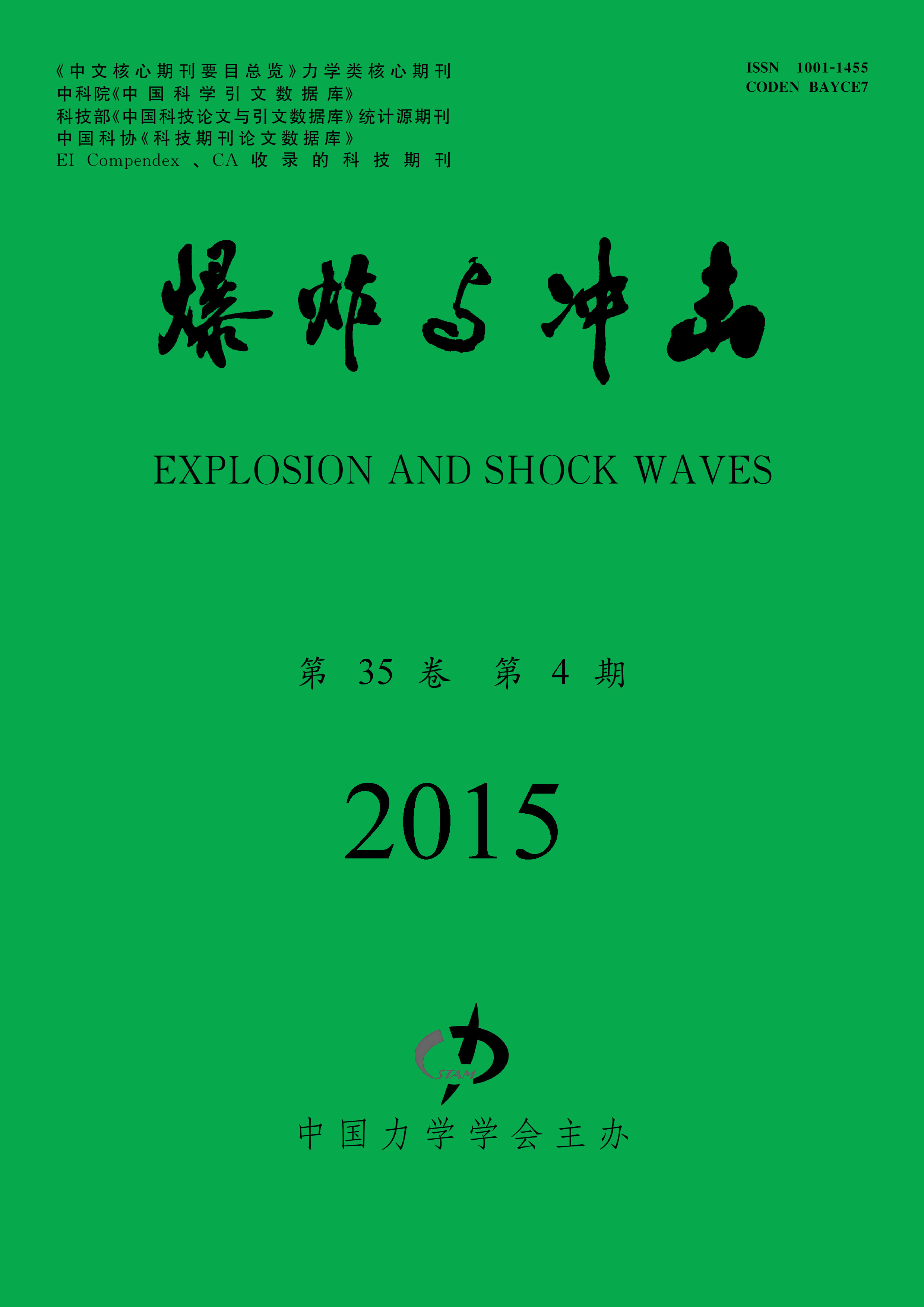
The 3rd notification of the 14th conference on Explosion Mechanics
Notification of the 14th conference on Explosion Mechanics (supplement)
Contributions wanted for the special issue: the Propagation of Waves
Explosion and Shock Waves is in the 6th edition of the list of S&T Journals of China
List of awrard by Explosion and Shock Waves in 2022
Notification of the 14th conference on Explosion Mechanics









 DownLoad:
DownLoad:





